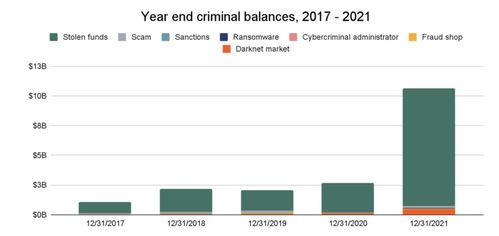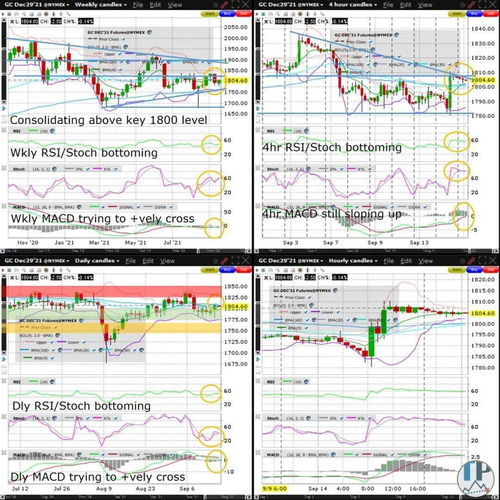Introduction to Cryptocurrency Analysis

Cryptocurrency analysis is a critical aspect of understanding the digital asset market. As the world becomes increasingly digital, cryptocurrencies have emerged as a new class of assets that offer unique investment opportunities and challenges. This article delves into the analysis of cryptocurrencies, focusing on key factors that investors should consider.
Understanding Cryptocurrency Basics

Before diving into the analysis, it's essential to have a basic understanding of what cryptocurrencies are. Cryptocurrencies are digital or virtual currencies that use cryptography for security. They are decentralized, meaning they are not controlled by any central authority, such as a government or financial institution.
Some of the most well-known cryptocurrencies include Bitcoin, Ethereum, and Litecoin. Each has its own unique features and use cases, which are crucial to consider when analyzing their potential for investment.
Market Capitalization

Market capitalization is a key metric used in cryptocurrency analysis. It represents the total value of all coins in circulation. A higher market capitalization often indicates a more established and widely accepted cryptocurrency.
For example, Bitcoin, with the highest market capitalization, is often considered the gold standard in the cryptocurrency market. Investors often look at the market capitalization of a cryptocurrency to gauge its overall size and stability.
Supply and Scarcity

The supply of a cryptocurrency is another critical factor in its analysis. Many cryptocurrencies, like Bitcoin, have a predetermined supply limit, which creates a sense of scarcity. This scarcity can drive up the value of the cryptocurrency over time.
For instance, Bitcoin has a maximum supply of 21 million coins, which is expected to be reached by the year 2140. This limited supply has contributed to Bitcoin's increasing value over the years.
Technology and Blockchain

The underlying technology behind cryptocurrencies, blockchain, is also a significant aspect of analysis. Blockchain is a decentralized ledger that records transactions across multiple computers. It ensures transparency, security, and immutability of data.
When analyzing a cryptocurrency, it's important to consider the technology behind it. A robust and innovative blockchain technology can enhance the credibility and potential of the cryptocurrency.
Market Sentiment and News

Market sentiment and news can have a significant impact on the value of cryptocurrencies. Positive news, such as regulatory approvals or partnerships, can lead to an increase in value, while negative news can cause a decline.
Investors should stay informed about the latest news and developments in the cryptocurrency market to make informed decisions.
Technical Analysis

Technical analysis involves studying historical price data and using various tools and indicators to predict future price movements. Traders and investors use technical analysis to identify trends, patterns, and potential entry and exit points.
Common technical indicators include moving averages, RSI (Relative Strength Index), and Fibonacci retracement levels. By analyzing these indicators, investors can gain insights into the potential future performance of a cryptocurrency.
Conclusion

Cryptocurrency analysis is a complex and dynamic field that requires a comprehensive understanding of various factors. From market capitalization and supply to technology and market sentiment, investors must consider multiple aspects to make informed decisions. As the cryptocurrency market continues to evolve, staying informed and adapting to new trends and developments is crucial for success.
cryptocurrencyanalysis cryptocurrency marketcapitalization blockchain technicalanalysis marketnews cryptocurrencyinvestment digitalassets cryptocurrencytrends

